Often when we download something use the terminal or the command prompt, we get a progress like this:
----------10%
after a while
------------------------------------------33%
after a while
---------------------------------------------------------48%
and then this continues until it is 100% in the same line. Even I tried to do something like this, but ended up getting a result like this:
-1%-2%-3%-4%-5%-6%-7%-8%-9%-10%-11%-12%-13%-14%-15%-16%-17%-18%-19%-20%-21%-22%-23%-24%-25%-26%-27%-28%-29%-30%-31%-32%-33%-34%-35%-36%-37%-38%-39%-40%-41%-42%-43%-44%-45%-46%-47%-48%-49%-50%-51%-52%-53%-54%-55%-56%-57%-58%-59%-60%-61%-62%-63%-64%-65%-66%-67%-68%-69%-70%-71%-72%-73%-74%-75%-76%-77%-78%-79%-80%-81%-82%-83%-84%-85%-86%-87%-88%-89%-90%-91%-92%-93%-94%-95%-96%-97%-98%-99%-100%
So, this happens after every progress. This is what I did to do so:
for (progress in 1..100){
print("-$progress%")
Thread.sleep(100)
}
or in java:
for(int i = 0; i < 100; i++){
System.out.print("-" + i + "%");
}
So, how can I achieve something like that with the progress being in a single line?

